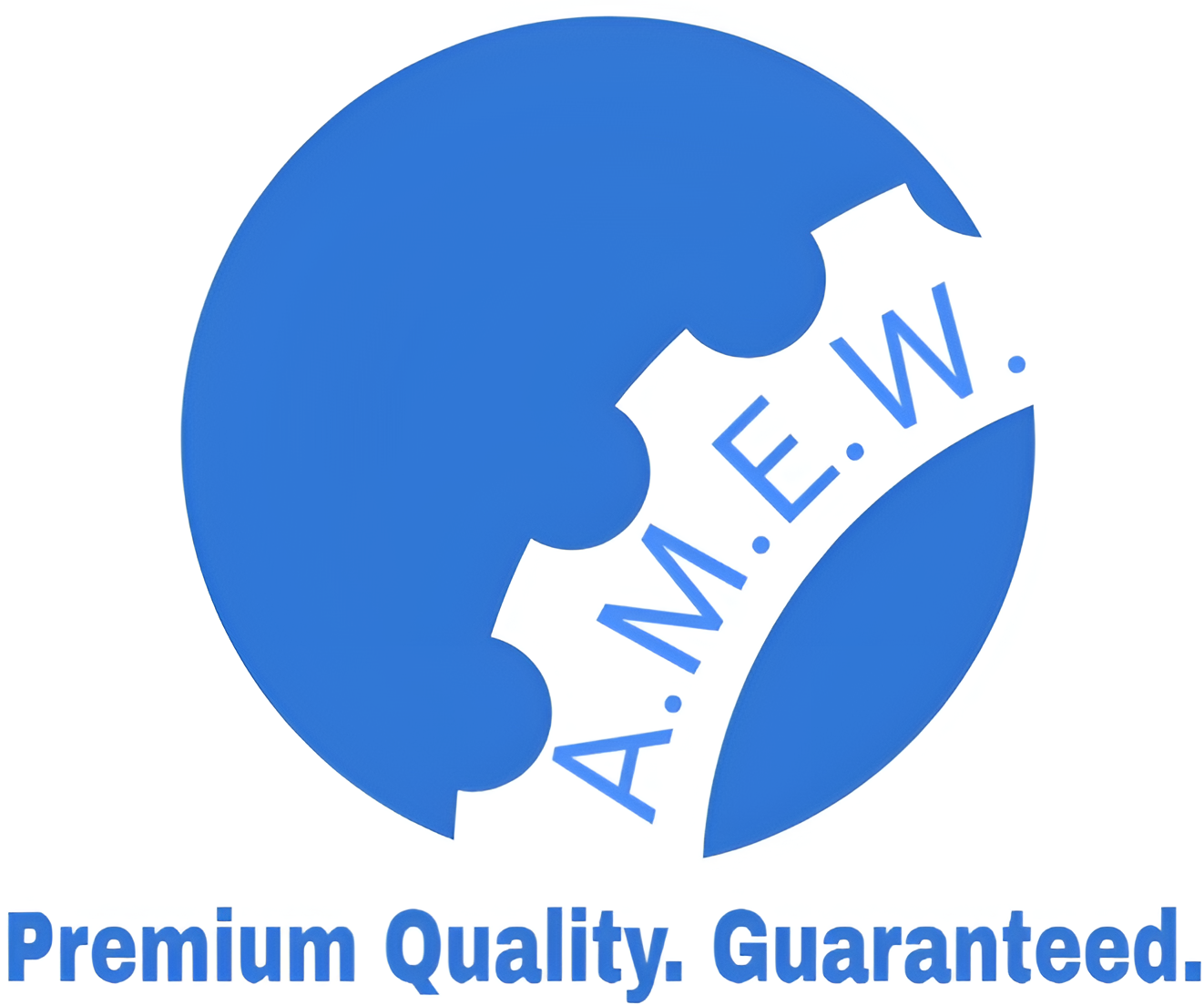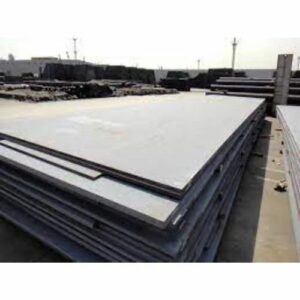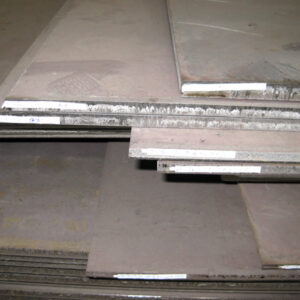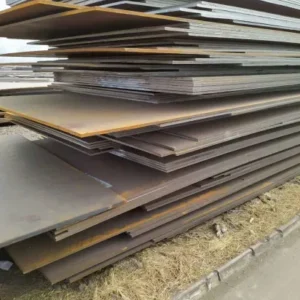Description
S460G2+Q: Overview and Applications
Table of Contents
- Introduction to S460G2+Q
- Chemical Composition
- Mechanical Properties
- Applications of S460G2+Q
- Comparison with Other Steel Grades
- Manufacturing and Fabrication
- Advantages and Disadvantages
- Conclusion
1. Introduction to S460G2+Q
S460G2+Q is a high yield structural steel plate specifically designed for use in offshore structures, including oil and gas platforms. With its robust mechanical properties, this steel grade provides exceptional strength and durability, making it ideal for applications subjected to harsh marine environments. S460G2+Q is comparable to BS 7191:1989 450EMZ, ensuring compliance with rigorous industry standards.
The “Q” designation indicates that the steel is produced with a quenched condition, enhancing its toughness and overall performance in demanding applications.
2. Chemical Composition
The chemical composition of S460G2+Q is tailored to achieve optimal performance:
| Element | Typical Composition |
|---|---|
| Carbon (C) | ≤ 0.20% |
| Manganese (Mn) | 1.00% – 1.60% |
| Silicon (Si) | ≤ 0.50% |
| Phosphorus (P) | ≤ 0.020% |
| Sulfur (S) | ≤ 0.015% |
| Chromium (Cr) | ≤ 0.30% |
| Nickel (Ni) | ≤ 0.50% |
| Molybdenum (Mo) | ≤ 0.10% |
| Iron (Fe) | Balance |
This composition is designed to ensure high strength and resistance to corrosion, crucial for offshore applications.
3. Mechanical Properties
S460G2+Q boasts impressive mechanical properties:
| Property | Value |
|---|---|
| Yield Strength | ≥ 460 MPa |
| Tensile Strength | 550 – 700 MPa |
| Elongation (min) | 20% |
| Impact Toughness | ≥ 27 J at -20°C |
| Hardness | Typically ≤ 200 HBW |
These properties make S460G2+Q suitable for the structural demands of offshore environments.
4. Applications of S460G2+Q
S460G2+Q is widely used in various offshore applications, including:
- Offshore Oil & Gas Platforms: Essential for the construction of platforms that support extraction and processing activities in marine environments.
- Wind Turbines: Used in the fabrication of turbine towers and foundations, ensuring stability and durability against harsh weather conditions.
These applications emphasize the importance of S460G2+Q in the offshore engineering sector.
5. Comparison with Other Steel Grades
When compared to other structural steel grades, S460G2+Q offers significant advantages for offshore use:
| Steel Type | Yield Strength (MPa) | Applications |
|---|---|---|
| S460G2+Q | ≥ 460 | Offshore oil & gas platforms, wind turbines |
| S355G8 | ≥ 355 | Offshore applications |
| S355J2G3 | 275 | General structural applications |
| S690QL | ≥ 690 | Heavy structural applications |
This comparison illustrates S460G2+Q’s strengths in specialized offshore conditions.
6. Manufacturing and Fabrication
S460G2+Q is typically produced through hot rolling, followed by quenching to enhance its mechanical properties. Common welding techniques, such as gas metal arc welding (GMAW) and submerged arc welding (SAW), are employed to ensure strong and durable joints. Rigorous quality control measures, including non-destructive testing (NDT), are implemented to meet industry standards.
7. Advantages and Disadvantages
Advantages
- High Yield Strength: Provides excellent resistance to deformation and failure under heavy loads.
- Good Weldability: Facilitates efficient fabrication and assembly of complex structures.
- Corrosion Resistance: Designed to withstand harsh offshore conditions.
Disadvantages
- Cost: Higher-grade materials may be more expensive than standard steels.
- Availability: May not be as widely available as more common grades.






